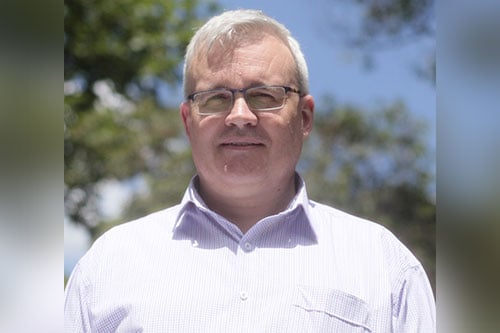

Some of Australia’s largest insurers, banks, investors, standards bodies and service providers have joined forces with leading scientists and researchers in a new initiative to develop a common understanding of Australian climate change risks.
In what is Australia’s first industry-science collaboration, the initiative is set to develop standards for climate physical risk projections and will include insights from experts in climate change science and disaster modelling.
“For the first time, leading Australian experts in both physical climate change science and disaster modelling are working together with Australian financial institutions to provide a scientifically robust, common standard for industry disclosure and reporting of climate-related financial risks in Australia,” said Christopher Lee (pictured), CEO of Climate-KIC Australia.
“This will provide companies and regulators with a common understanding of the science and how model-based projections of climate variables can be integrated into physical risk scenario analysis.”
Representatives supporting the project include Preeminent scientists from the CSIRO Climate Science Centre, Bureau of Meteorology, and leading universities under auspices of the National Environmental Science Program’s Earth Systems and Climate Change (ESCC) Hub, working in collaboration with the Centre of Excellence for Climate Extremes (CLEX).
Lee says developing a common Australian standard for performing physical climate scenario analyses will help provide investors and other users of climate-related disclosures with an improved level of comparability and an understanding of the scientific uncertainty in the data used as a basis for their disclosures. “These will be in line with the recommendations of the Task Force on Climate-related Financial Disclosures (TCFD),” he added.
“Climate-KIC has been working with a range of financial institutions on this project for the past six months,” Lee continued. “It really seeks to provide greater guidance and understanding of how TCFD recommendations should be implemented in Australia and get out some open-source standards for the scientific information, and then also how they should be disclosed and then how applications from service providers should use the information when they’re providing advice to organisations.”
Lee says the key factor the project is moving towards is achieving comparability. If the industry starts to develop standards which organisations are operating under, Lee says it will allow for clearer reporting.
“By creating some of these closure standards then it means that everyone’s starting from the same page,” he said. “They are going to be voluntary standards and they’ll provide guidance on different approaches. But it starts to get us that common framework, which is really important.”
Additionally, he claims this project will benefit investors and impact the way insurance products are priced because the “common frame from which the information is disclosed and presented” will help investment decisions.
However, climate change and its risks are not new – scientists and experts have been warning about the dangers presented by climate change to governments, investors and financial institutions for decades. Lee says the financial sector has been responding to climate change through its own “internal and external pressures” and that the outcome of this project may lead to mandatory changes.
“What this type of work does is really start to formalise the reporting and disclosure of these risks, which means it’s not just a few organisations leading the way – it becomes common practice,” he explained. “Everyone will be doing it and, at some point, the regulators may decide to make these things mandatory.”
